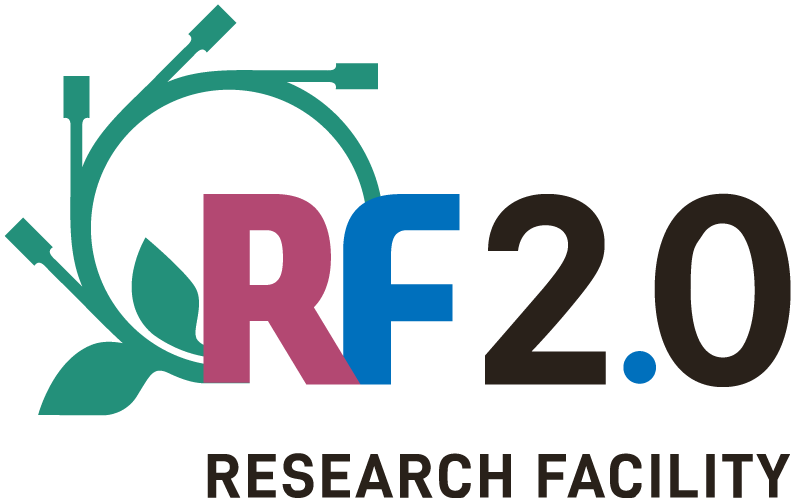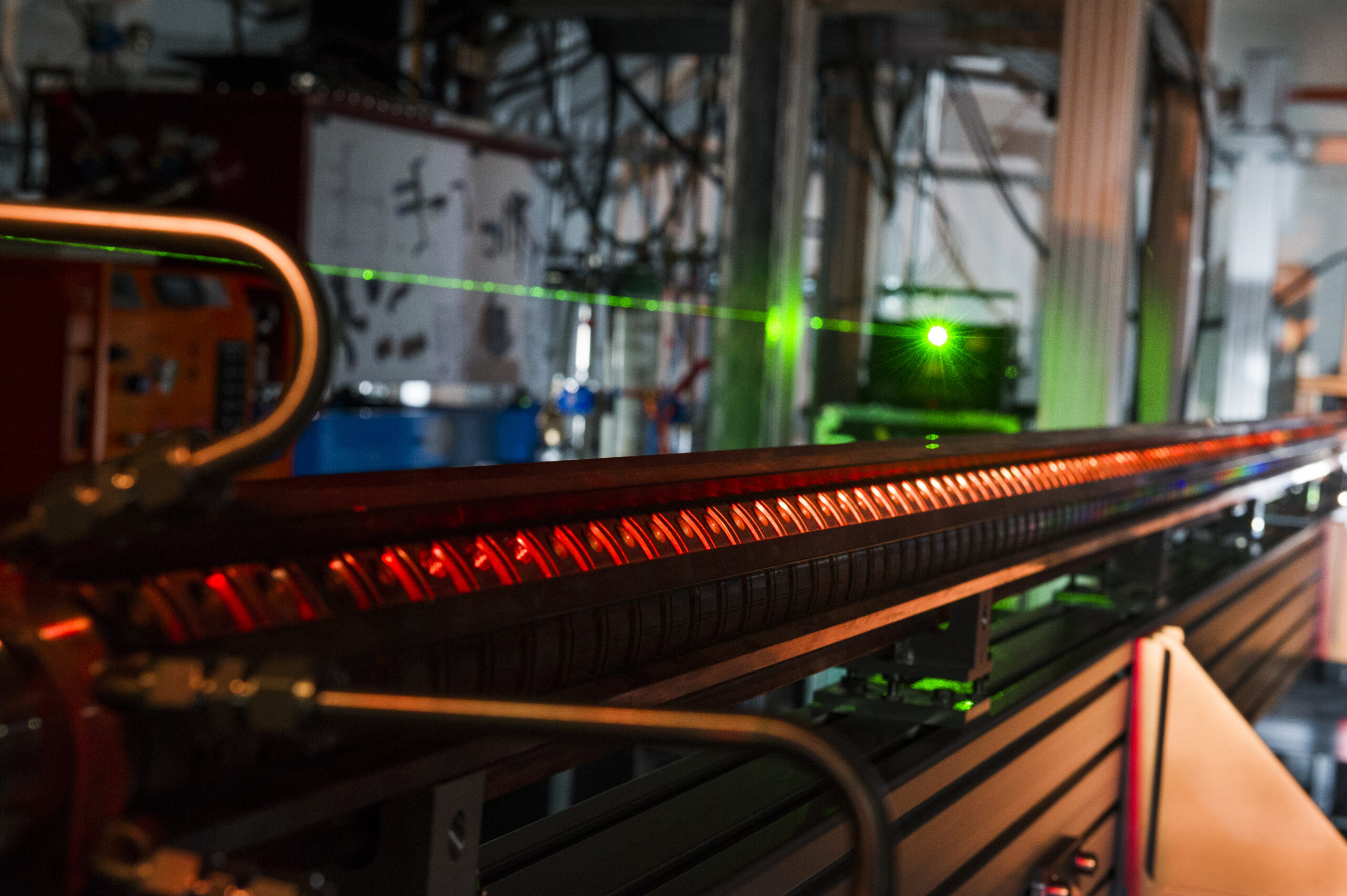KITTEN test center: Realistic Tests with a View to Energy Efficiency and Grid Stability
A key element of the RF2.0 project is the KITTEN test center. The acronym stands for “KIT test field for energy efficiency and network stability in large-scale research infrastructures”.
KITTEN integrates the KARA research accelerator and the Energy Lab at KIT.
“This infrastructure enables us to create a real-life environment for investigating and testing energy efficiency and network stability in large-scale research infrastructures,” says De Carne.
The analysis phase is currently underway.
“Particle accelerators always require a very high, constant power supply that must be free from interference. This challenge could not be met in terms of voltage qualities so far due to a lack of flexibility.
We use our tests to get a deeper understanding of correlations, create mitigation strategies (i.e. approaches to reduce negative effects and lower the projected costs), analyze the CO2 footprint of the equipment, and create a sustainability matrix.”
Building on the results, the elaboration of solutions for more energy-saving technologies with better efficiency is on the agenda. The focus is on four areas: new, highly efficient components; implementation of digital solutions for optimized operating periods, faster start-up and shutdown processes for improved design and operation; integration of low-carbon technologies by using renewable energies and energy storage systems as well as higher energy consumption flexibility through dynamic monitoring and control systems (…)


